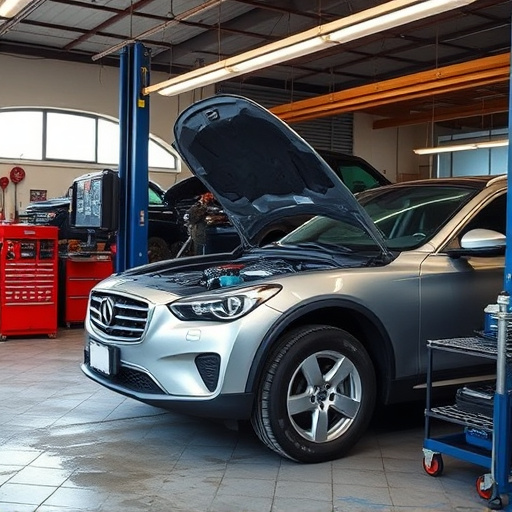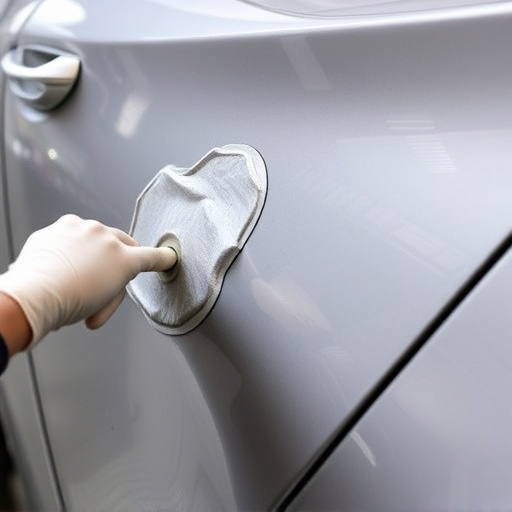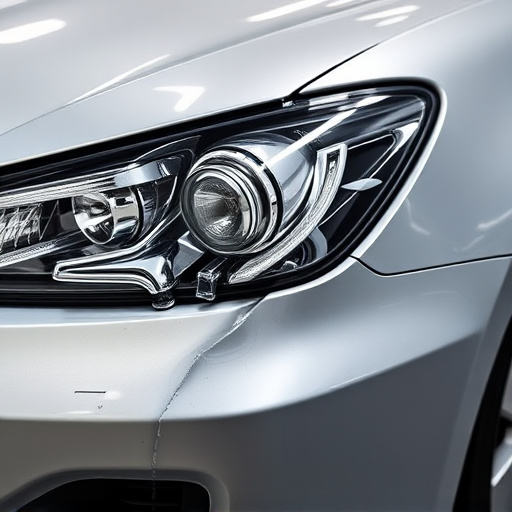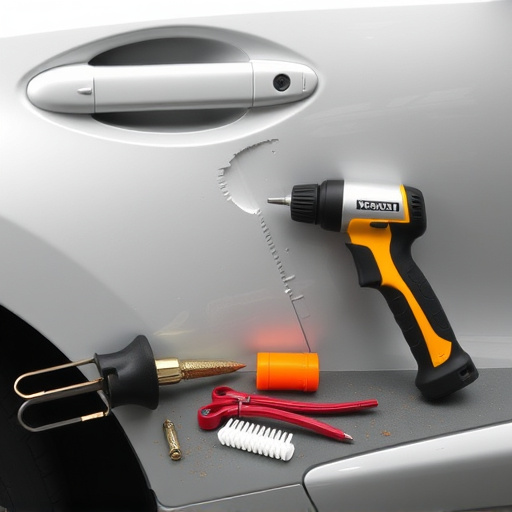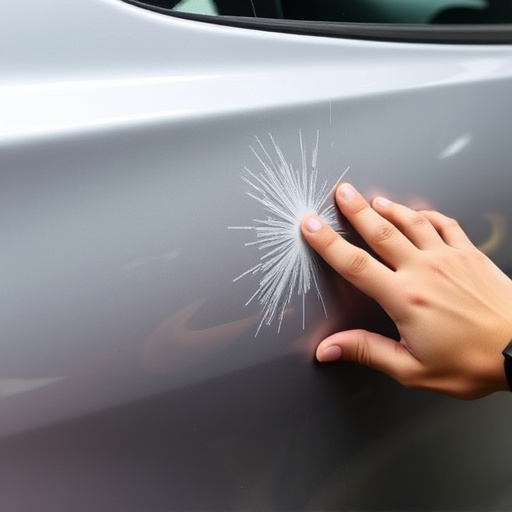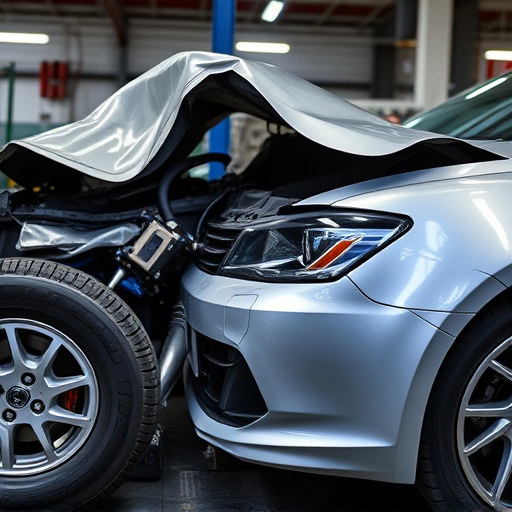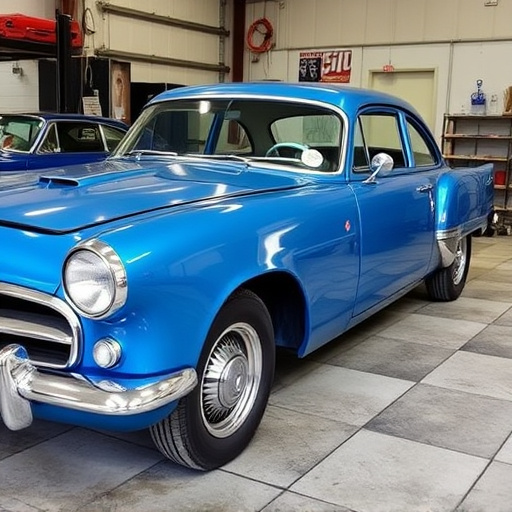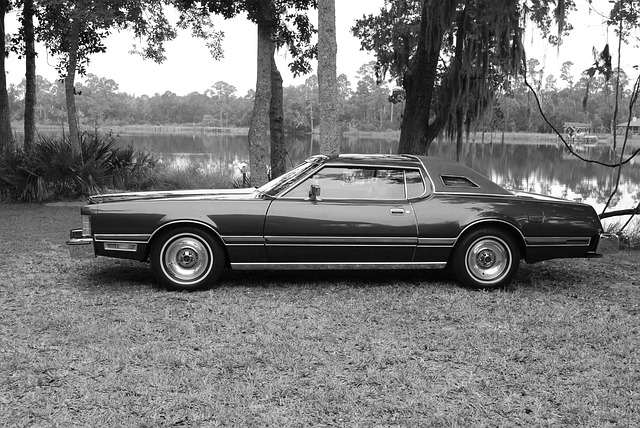Specialty paint application demands intricate techniques and unique materials for specific car parts, requiring precision and expertise due to its complexity. Visual cues of poor craftsmanship include uneven color distribution, visible brush strokes, and rough edges, indicating a lack of skill or attention to detail. Professional results necessitate thorough preparation, including cleaning, sanding, and priming, followed by regular inspections during and after drying. Early intervention prevents issues like bubbles, runs, and gaps, ensuring a smooth, precise, and durable finish that meets high quality expectations in auto body work.
In the realm of home improvement, specialty paint work promises unique transformations. However, spotting poor craftsmanship can be a challenge, leading to less-than-satisfactory results. This article guides you through understanding the intricacies of specialty paint application and its potential pitfalls. We’ll highlight visual signs of subpar workmanship and provide preventative measures to ensure professional outcomes. By mastering these tips, you’ll be equipped to navigate the process, creating vibrant, lasting finishes.
- Understanding Specialty Paint and Its Unique Challenges
- Visual Signs of Poor Craftsmanship in Paint Work
- Preventing and Addressing Issues for Professional Results
Understanding Specialty Paint and Its Unique Challenges
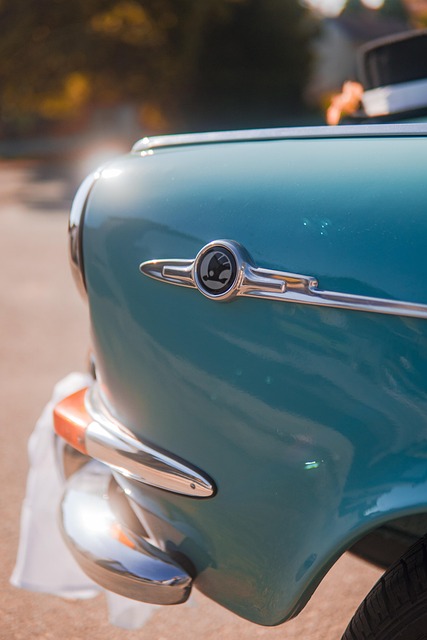
Specialty paint application goes beyond standard automotive finishes. It involves intricate techniques and unique materials designed for specific vehicle parts, like fender repairs or custom car body shop transformations. These projects demand precision and expertise due to their complex nature. Each material has distinct properties that require careful consideration during the repair or restoration process. For instance, understanding how to properly prepare a damaged fender before applying specialty paint is crucial for achieving a seamless finish that matches the vehicle’s original bodywork.
The challenges of specialty paint work stem from its specialized requirements and the need for precision. In a car body shop setting, factors like surface preparation, paint selection, and application techniques significantly impact the final result. A poorly executed job may reveal itself through visible imperfections, such as uneven coloration, poor blending along joints, or inconsistent texture. Recognizing these issues is key to ensuring top-notch vehicle bodywork and avoiding costly mistakes in fender repair or other specialized painting tasks.
Visual Signs of Poor Craftsmanship in Paint Work
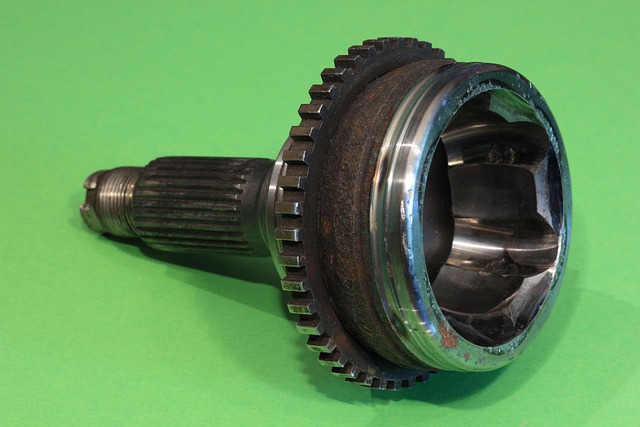
The visual cues that indicate poor craftsmanship in specialty paint application are often subtle but significant. Uneven color distribution, visible brush strokes or roller marks, and rough edges where panels meet are red flags. These issues suggest a lack of skill or attention to detail, potentially leading to an unprofessional finish that fails to match the quality expected from a car body shop specializing in such work.
Inspecting the paint job for imperfections like bubbles, ridges, or uneven surfaces is crucial. A competent car dent repair technician should leave no trace of their tools, ensuring a seamless blend that’s nearly indistinguishable from the original car body. If you notice any remnants of damage from dent removal processes or visible evidence of patchwork, it may indicate subpar craftsmanship, compromising the overall aesthetic and long-term durability of the vehicle.
Preventing and Addressing Issues for Professional Results
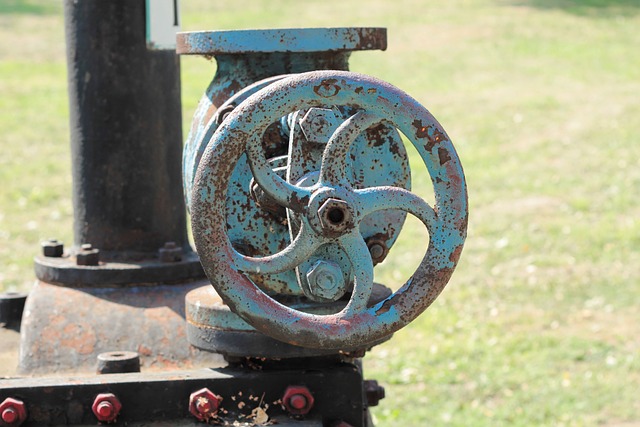
Preventing and addressing issues is key to achieving professional results in specialty paint application. Before starting any project, ensure that the surface is thoroughly prepared, clean, and free from contaminants. This includes sanding down rough areas and priming the surface to create a smooth base for painting. Neglecting these initial steps can lead to bubbles, runs, or an uneven finish.
Regular inspection during and after the paint drying process is crucial. Look out for signs of poor workmanship such as touch-up mistakes, inconsistent paint thickness, or visible gaps between the paint and surface. Addressing issues early prevents them from becoming more pronounced later. For instance, if a bubble forms, gently pop it with a sharp object and fill the resulting hole with a small amount of filler before repainting. In cases like auto frame repair or vehicle dent repair, where precision is paramount, professionals use advanced tools and techniques to ensure that every detail is accounted for, delivering top-notch results.
When it comes to specialty paint work, spotting poor craftsmanship is essential for achieving professional results. By understanding the unique challenges of these applications and being vigilant towards visual signs like inconsistent textures, color imperfections, and visible brush strokes, you can ensure a high-quality finish. Preventive measures such as using the right tools, preparing surfaces thoroughly, and applying coats evenly are key to avoiding issues. Regular practice and attention to detail will help you master the art of specialty paint application, delivering outstanding visual outcomes.
